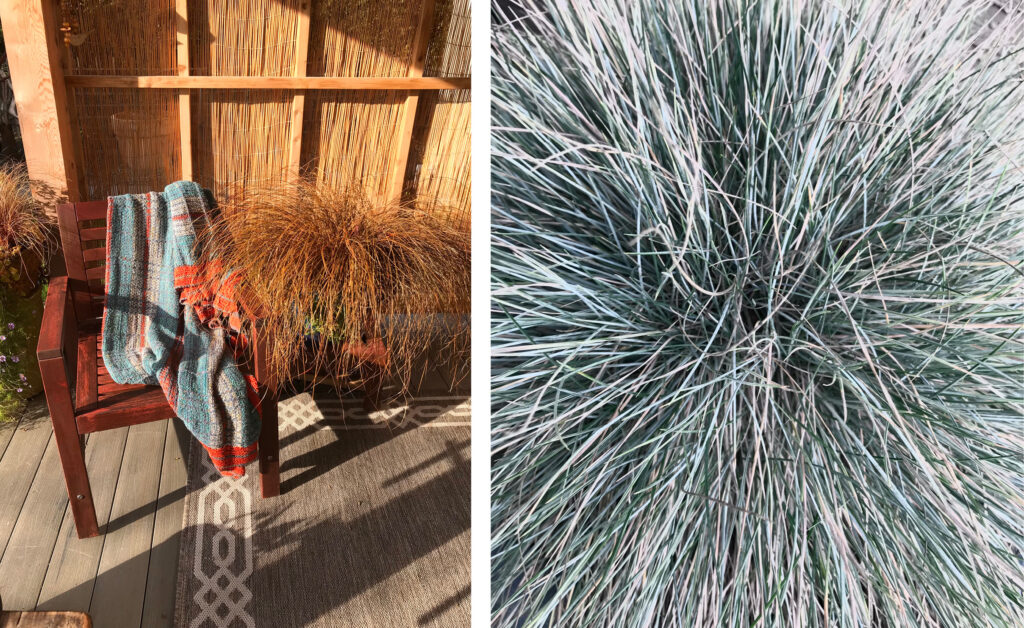– by Nathan Franklyn, Bartlett Tree Experts –
Spring is coming and as your trees and shrubs come out of winter dormancy, so do the diseases and insects that attack them. In the spring the most common disease problems are fungi that thrive in the moist weather and the most common insects that damage trees are caterpillars and aphids.
In the Victoria area, fungal diseases like anthracnose can attack many plants, causing distorted leaf growth and defoliation. Dogwoods are severely affected and may actually die from the disease, while other species like oaks and maples can lose their foliage, robbing them of nutrients and leaving them more stressed and susceptible to other pests. Another common foliage disease is apple scab, which can cause leaf drop and fruit damage to apples and crabapples. Willows are also susceptible to a disease complex called willow blight that causes defoliation and twig cankers.
The best way to manage plant diseases is by preventing them in the first place. Cultural practices like raking up leaves can reduce the amount of spores causing spring infections. Thinning or pruning trees to increase airflow and sunlight penetration can dramatically reduce the amount of disease damage. If disease was heavy last year or the spring weather favours disease, preventative fungicides can also be applied. Some fungicides, such as those containing “strobilurins,” are actually derived from naturally occurring materials produced by other beneficial fungi. These products are extremely effective and are considered very safe from an environmental and health standpoint. Dormant sprays of copper-based materials can be an organic way to reduce disease pressure in the spring.
One common and damaging insect pest in our area is the tent caterpillar. They attack many different plants but the most severe damage occurs on fruit trees such as apple, cherry and plum. In addition to tent caterpillars, winter moth caterpillars can do extensive damage to other landscape trees including maples and oaks. Other insects like aphids also thrive on new growth in the spring and can lead to deformed growth and decline as they steal sugars and other needed resources from the plants. Insect pests can be reduced organically in the dormant season by applying dormant oil sprays. This material covers the over-wintering eggs or larvae and suffocates them while posing no threat to human health or the environment. For caterpillars, applications of another class of naturally derived materials known as the “spinosads” is an effective and environmentally benign method to protect against defoliation.
In general, maintaining the overall vigour of your plants will help to avoid the need for product treatments. With pests like caterpillars or foliar fungi, many naturally derived options exist to keep your plants healthy and beautiful without harmful effects to the environment.
Call your local arborist to have them inspect your trees and make recommendations for their care.
For more information visit www.bartlett.com.




